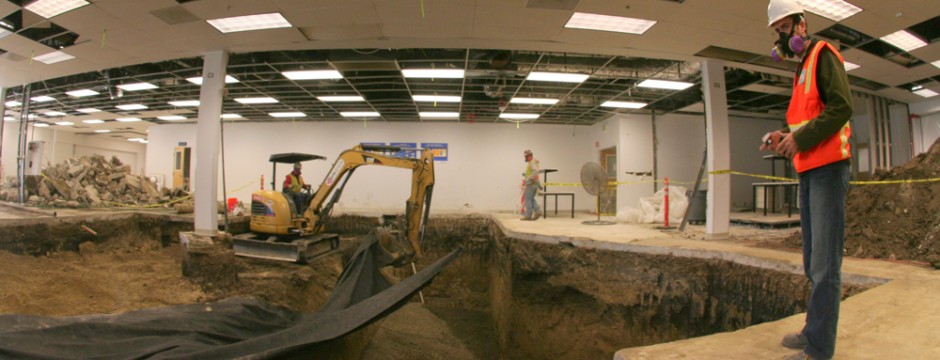Interior demolition is a complex and often challenging process that involves the removal of building materials and fixtures from the interior of a structure. This process is often necessary when renovating or re-purposing a building, or when preparing a space for new construction. In this article, we’ll take a closer look at what interior demolition is, how it works, and the factors that can impact the success of the demolition process.
What is Interior Demolition?
Interior demolition involves the selective removal of materials and fixtures from the inside of a building. This can include things like walls, ceilings, flooring, cabinetry, plumbing, and electrical systems. The goal of interior demolition is to clear out a space and make way for new construction, renovation, or re-purposing of the existing structure.
Interior demolition can be a complex process, as it often involves working around existing building systems and fixtures. It requires careful planning and execution to ensure that the demolition is done safely and efficiently, without causing damage to the surrounding structure.
How Does Interior Demolition Work?
The interior demolition process typically begins with a thorough assessment of the space to be demolish. This involves identifying any potential hazards, such as asbestos or lead paint, and determining the best approach to safely remove the materials and fixtures asbestos removal.
Once the assessment is complete, the demoliting team will create a detailed plan for the demolition process. This plan will outline the sequence of demolition, the tools and equipment needed, and any safety measures that need to be taken to protect workers and the surrounding structure.
During the demolition process, the team will use a variety of tools and equipment to remove the building materials and fixtures. This may include things like sledgehammers, crowbars, saws, and heavy machinery like backhoes or excavators.
Once the demolition is complete, the team will remove the debris and dispose of it in a safe and environmentally responsible manner. This may involve hauling it to a landfill or recycling facility, or repurposing the materials for other uses.
Factors That Impact the Success of Interior Demolitions
There are several factors that can impact the success of an interior demolition contractors project. Here are a few things to keep in mind when planning an interior demolition:
- Safety: Safety is a top priority when it comes to interior demolitings. It’s important to identify any potential hazards in the space, such as asbestos or lead paint, and take the necessary precautions to protect workers and the surrounding structure.
- Planning: Careful planning is essential for a successful interior demolitions. This includes creating a detailed plan for the demolition process, outlining the sequence of demolition, and identifying any special tools or equipment that will be need.
- Budget: Interior demolition can be a costly process, so it’s important to establish a clear budget for the project and stick to it. This may involve identifying areas where costs can cut, such as recycling or repurposing materials, or finding ways to minimize waste.
- Environmental impact: Interior demoliting can have a significant environmental impact, particularly if the materials are not dispose of properly. It’s important to consider the environmental impact of the demolition and take steps to minimize it, such as recycling or repurposing materials.



